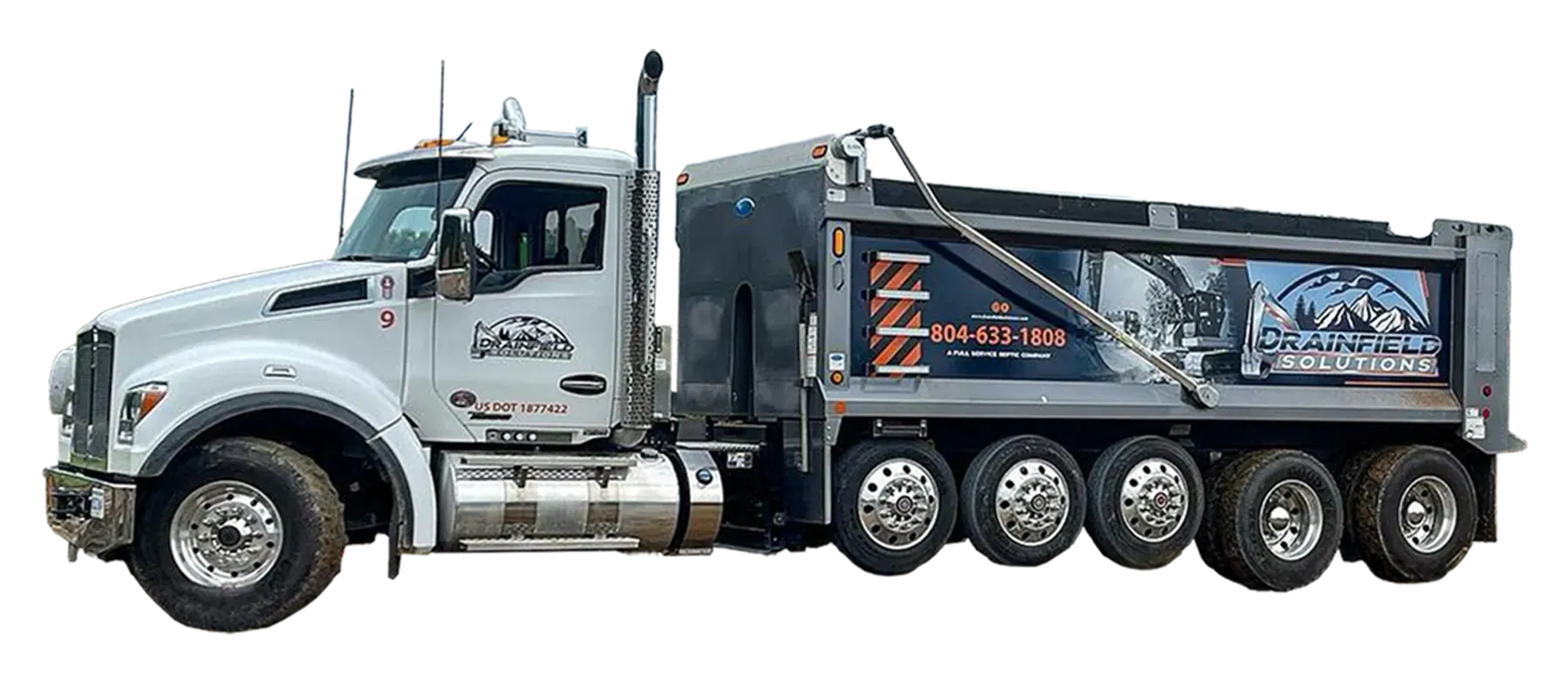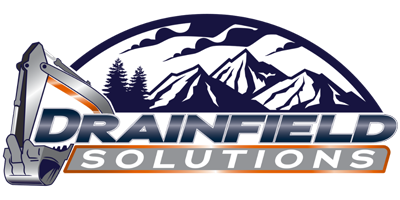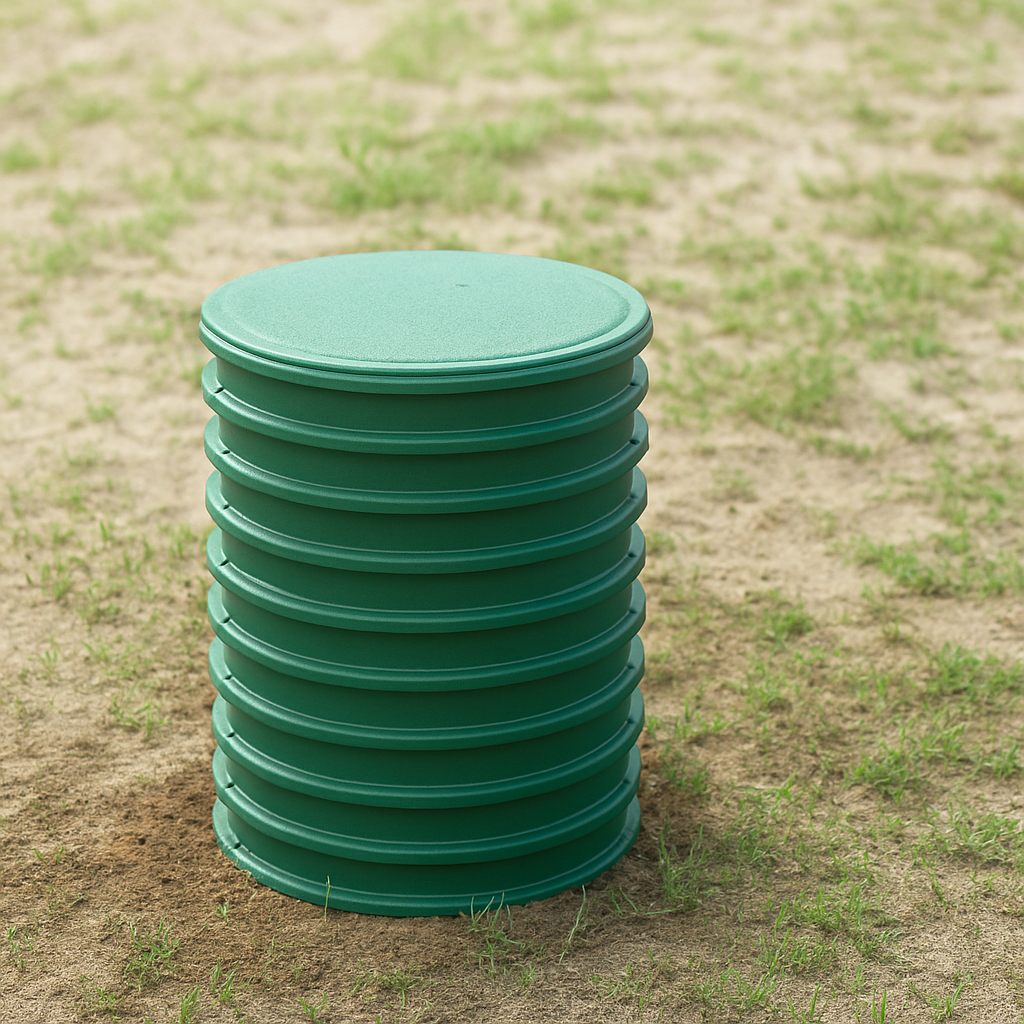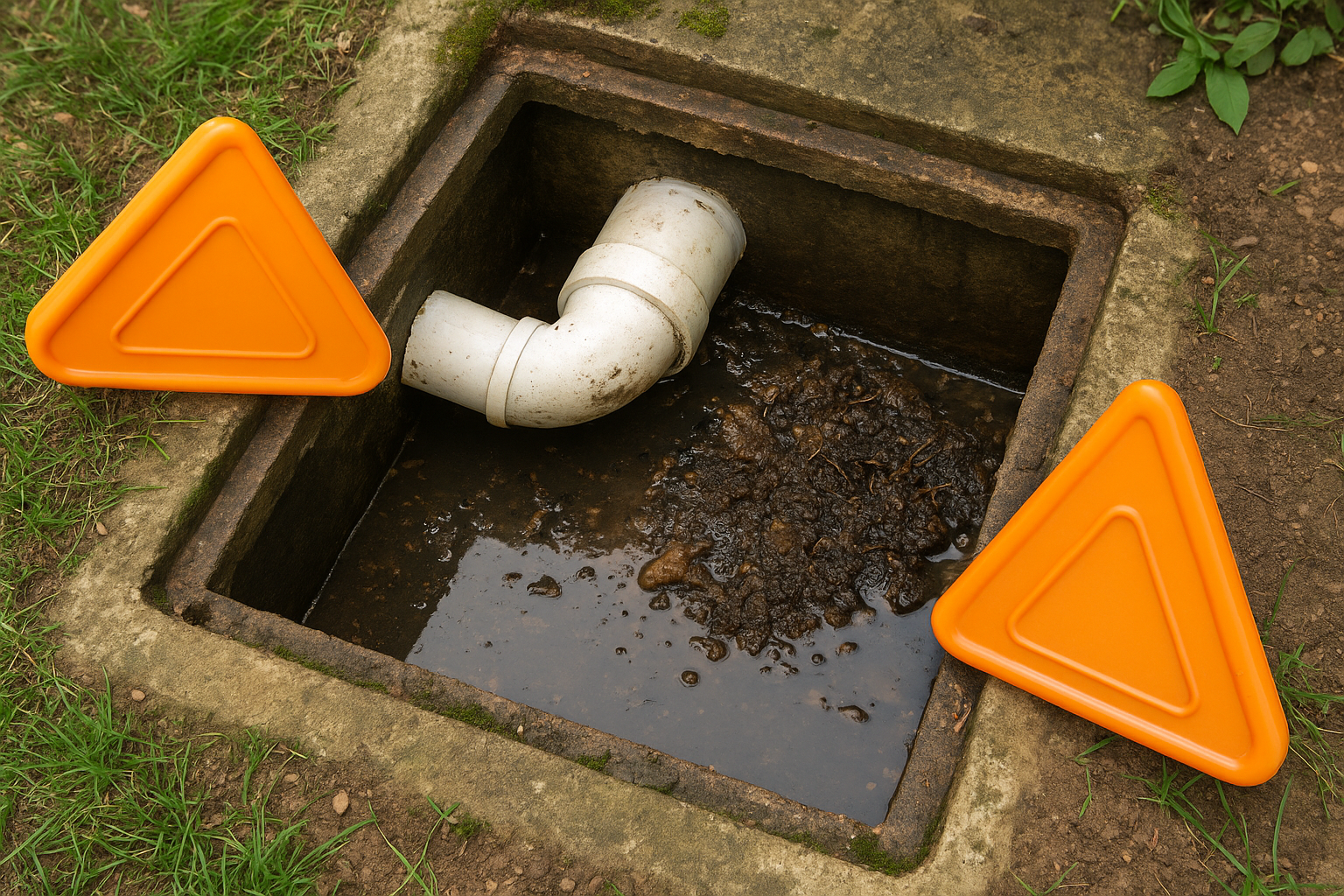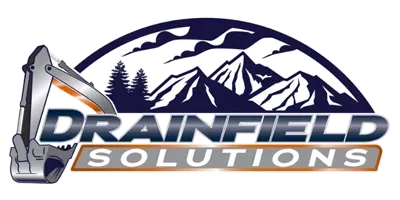
The Importance of Regular Drainfield Maintenance
October 31, 2024
Your septic system is an essential part of your home, and at the heart of that system is the drainfield. The drainfield is responsible for filtering and dispersing the wastewater that flows from your septic tank, allowing it to safely percolate back into the environment. Regular drainfield maintenance is vital to ensuring the system works efficiently and that you avoid costly and disruptive failures. This blog will delve into the importance of regular drainfield maintenance, how it works, and the best practices to keep your system functioning for years to come.
What Happens During Drainfield Maintenance?
Proper drainfield maintenance starts with understanding how the system works. The drainfield is designed to distribute effluent—partially treated wastewater—into the soil, where it is filtered and broken down by natural processes. Over time, however, the soil and components of the drainfield can become clogged or damaged due to a lack of maintenance, leading to inefficient drainage, surface pooling, or even system failure.
Routine maintenance generally involves:
1. Septic Tank Pumping
The first step in maintaining your drainfield is ensuring your septic tank is regularly pumped. When solids accumulate in the tank, they can overflow into the drainfield, clogging the pipes and soil. Pumping the tank every 3 to 5 years, depending on household size and water usage, helps prevent this issue.
2. Inspections
A septic professional will inspect the entire system, checking the drainfield for signs of damage, clogs, or poor performance. They will evaluate whether the effluent is being evenly distributed and absorbed by the soil and whether the drainfield has adequate capacity.
3. Pipe Flushing
Over time, solids, grease, and debris can build up in the drainfield’s perforated pipes, preventing the even flow of effluent. Periodically flushing the pipes helps to remove these blockages, ensuring the system continues to function properly.
4. Monitoring Water Usage
Excessive water entering the system can overload the drainfield, causing it to become saturated and ineffective. Homeowners can reduce the strain on their system by practicing water conservation, such as spreading out laundry loads, using low-flow fixtures, and fixing leaks promptly.
Why Regular Maintenance Matters
There are several critical reasons why maintaining your drainfield should be a top priority. Failing to do so can lead to expensive repairs, environmental hazards, and disruption to your home’s plumbing.
1. Prevents System Failure
A drainfield that is not maintained can fail in several ways. For example, solids from the septic tank can enter the drainfield and clog the soil, preventing the system from absorbing wastewater. Once the soil is clogged, it becomes compacted, and wastewater may surface in your yard, creating puddles of untreated effluent.
In more severe cases, a failing drainfield can lead to backups in your home’s plumbing, causing wastewater to return through the drains. This can result in foul odors, slow drains, and even flooding in your home. By maintaining your system, you avoid the possibility of costly repairs or complete system replacement.
2. Prolongs the Life of Your Drainfield
With proper maintenance, a drainfield can last 20 to 30 years or more. However, without routine care, the lifespan of the system can be significantly shortened. Regular maintenance, such as pumping the septic tank and flushing the drainfield pipes, ensures that the system operates efficiently and that any small problems are addressed before they become major issues.
Regular inspections also allow professionals to identify any areas of the system that may need repair, such as cracked pipes or uneven effluent distribution. Fixing these issues promptly can prevent the need for a costly replacement of the entire drainfield.
3. Protects the Environment
One of the primary functions of a drainfield is to protect the environment by filtering and treating wastewater before it reenters the groundwater system. If your drainfield fails, untreated or partially treated wastewater can seep into nearby water sources, contaminating wells, rivers, lakes, and streams with harmful bacteria, pathogens, and nutrients. This can pose significant health risks to your family, neighbors, and local wildlife.
Regular maintenance ensures that your drainfield is functioning correctly, protecting the environment and preventing contamination. In many cases, local regulations require homeowners to maintain their septic systems to avoid environmental damage, and failing to do so can result in fines or legal action.
4. Reduces Health Risks
Untreated wastewater contains harmful bacteria, viruses, and parasites that can cause serious health problems if they come into contact with humans or animals. When a drainfield fails, wastewater can pool on the surface of the ground, where it can easily be touched or ingested. This poses a significant health risk to you, your family, and your pets.
By maintaining your drainfield, you can reduce the risk of these dangerous contaminants reaching the surface. Properly functioning septic systems keep wastewater safely underground, where it can be naturally treated by the soil before reaching groundwater or nearby water bodies.
5. Saves Money in the Long Run
Many homeowners neglect septic system maintenance because they believe it will save them money. However, this can be a costly mistake. Replacing a failed drainfield can cost thousands of dollars, while regular maintenance is relatively inexpensive by comparison.
By investing in regular maintenance, you avoid the high costs of repairs and replacements. Pumping your septic tank, inspecting the drainfield, and performing other routine tasks can save you from more significant expenses down the road.
Best Practices for Drainfield Maintenance
Maintaining your drainfield doesn’t have to be difficult. By following a few best practices, you can ensure that your septic system continues to function efficiently and avoid the costly consequences of system failure.
1. Schedule Regular Inspections
It’s essential to have your septic system inspected by a professional at least once a year. During the inspection, the professional will check for signs of wear and tear, clogged pipes, soil compaction, or uneven effluent distribution. They can also evaluate whether your septic tank needs pumping and ensure that all components of the system are functioning as they should.
2. Pump Your Septic Tank on Time
The frequency with which you need to pump your septic tank depends on the size of your tank and the number of people in your household. Most tanks should be pumped every 3 to 5 years to remove the buildup of solids that can clog your drainfield. Failing to pump your tank on time can result in solids overflowing into the drainfield, causing blockages and reducing the efficiency of the system.
3. Practice Water Conservation
Excessive water usage can overwhelm your septic system and lead to drainfield failure. By reducing the amount of water entering your system, you can reduce the strain on the drainfield and prolong its lifespan. Simple changes, such as fixing leaky faucets, installing water-efficient appliances, and spreading out laundry loads, can make a big difference.
4. Avoid Planting Trees or Shrubs Near the Drainfield
Tree and shrub roots can invade your drainfield, damaging pipes and compacting the soil. To prevent this, avoid planting trees or shrubs near the drainfield. If you want to landscape the area, opt for shallow-rooted plants that won’t interfere with the system.
5. Keep Heavy Equipment Off the Drainfield
Heavy equipment, such as vehicles or machinery, can compact the soil in your drainfield, reducing its ability to absorb and filter wastewater. To protect your system, keep cars, trucks, and other heavy equipment off the drainfield. If you need to drive across the area, consider installing barriers to protect the system.
6. Monitor for Signs of Trouble
It’s important to keep an eye out for signs that your drainfield may be in trouble, such as slow drains, foul odors, standing water, or patches of lush grass. If you notice any of these symptoms, contact a septic professional immediately to inspect the system and address the problem before it worsens.
Conclusion
Regular drainfield maintenance is critical to the health and efficiency of your septic system. By scheduling routine inspections, pumping your septic tank on time, and following best practices for water conservation and drainfield care, you can extend the life of your system, protect the environment, and save money in the long run. Don’t wait for a failure—invest in proper maintenance today to keep your septic system running smoothly for years to come.
At Drainfield Solutions, we know the critical role a well-maintained septic system plays in your home's and the environment's health. Our dedicated team of professionals is here to ensure your system receives the expert care it needs to operate efficiently and comply with all state regulations. Whether it's routine pumping, detailed inspections, or comprehensive system evaluations, we are committed to helping you avoid expensive repairs and prolong the life of your septic system.
Regular maintenance can prevent future problems and keep your home safe, clean, and running smoothly. If you're ready to schedule your septic system service or have questions about your system, visit our contact page to schedule an appointment with us today by calling 804-633-1808. We're here to help homeowners throughout Central Virginia maintain reliable and effective septic systems.
Share Post
Latest Posts
Ready to Take the Next Step?
Whether you're in need of a system inspection or regular maintenance, Drainfield Solutions is here to help. Get in touch today for reliable service you can trust.
